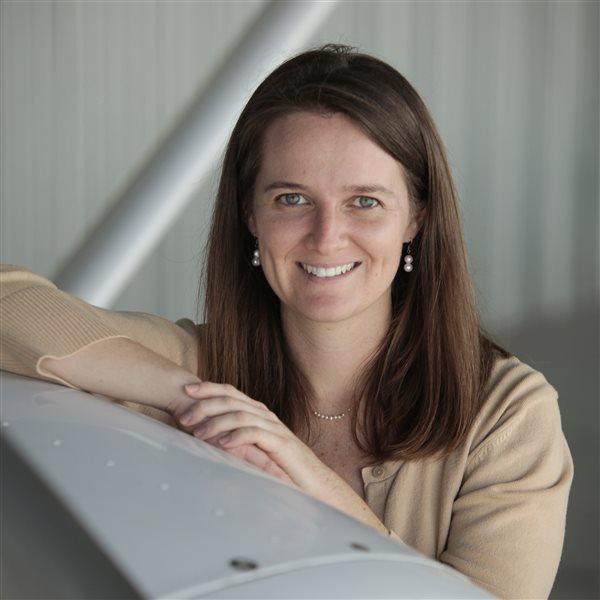Drones: Getting Started
Unmanned, manned pilots face similar decision making

Whether it’s what kind of drone or manned aircraft to buy, deciding when and where to fly, or pricing extra equipment to add to the craft, pilot and remote pilots face similar decision-making processes, says AOPA Director of UAS Programs Kat Swain. Swain is an experienced manned and remote pilot.
Swain says there are three broad categories for drones: micro drones, which are best for learning how to fly; consumer drones geared toward those who fly for recreation but are considering moving into the commercial realm; and high-end commercial/professional drones. Much in the same way a manned pilot wouldn’t start learning how to fly in a jet, those learning how to fly drones should start at the lower end of the product range because they will get a better feel for how to manipulate the controls to fly the drone, Swain says. Think of it as how pilots develop stick-and-rudder skills.
Just as there are different types of manned aircraft, such as fixed-wing and rotorcraft, there are fixed-wing and multi-rotor drones. And they serve different purposes. Swain explains that fixed-wing drones resemble remote-control airplanes and are often used for farming and large surveys, whereas multi-rotor drones work better for aerial photography and inspections.
Those considering purchasing a drone—or an aircraft for that matter—should consider the mission and their goals, the price range, and the payload type and weight. Drones range in price from “a couple hundred dollars to several hundred thousand dollars,” Swain said. The more equipment you add, the higher the price.
Safe drone flight mirrors many of the considerations that manned pilots weigh when approaching their flights. For example, both manned and drone pilots need to evaluate the environment they will be flying in, pay attention to airspace and notams, and know their personal limitations. Swain says that the top factor in drone accidents is the same in manned aircraft accidents: pilot error.
She also emphasizes the importance of using a checklist when operating a drone. Checklist items should include establishing the perimeter within which to operate the drone, noting potential obstacles, and picking emergency landing sites.
Above all, Swain counsels, pilots should ease their way in to flying drones, starting with lower-cost drones to get a feel for how to operate them. “Don’t rush to failure,” she says. “Go low and slow to learn what your platform can do.”



